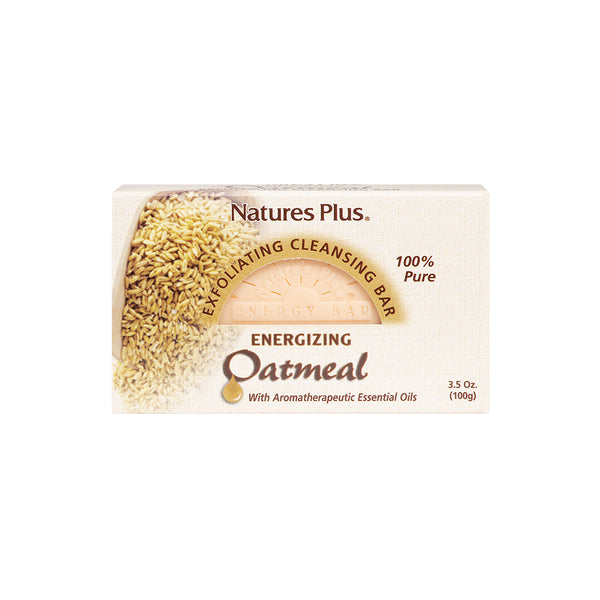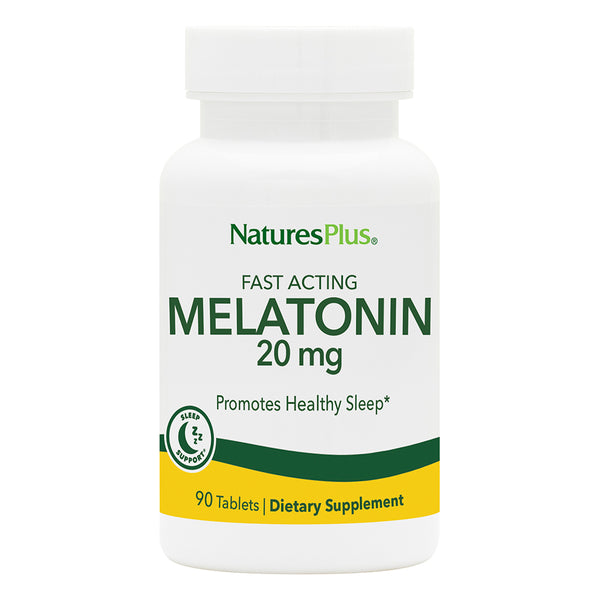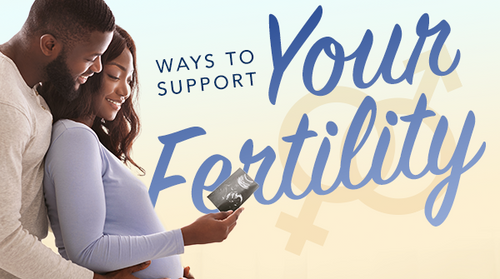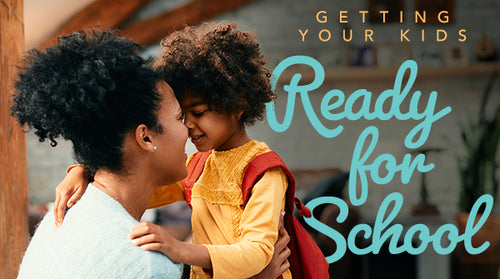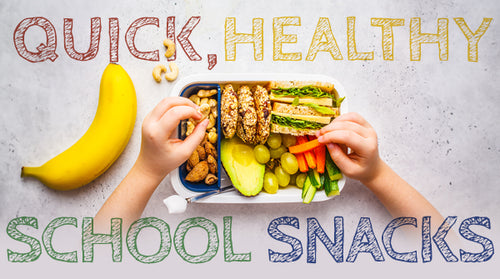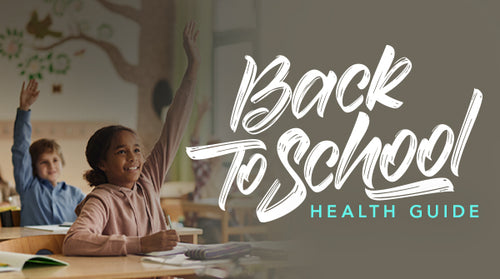Does it seem like your kids are always surfing videos on YouTube or sending photos on Snapchat? That’s not surprising, given the role social media plays in children’s lives.
According to the Pew Research Center, 35% of teens in the US report using one of the top five sites—YouTube, TikTok, Instagram, Snapchat and Facebook—“almost constantly.”
While allowing your kids to stay in touch with their friends, social media also presents potential concerns for parents.
That makes it important for you to understand how your children are interacting with what they see. The idea is to “guide your kids toward healthy social media habits,” according to HealthyChildren.org, a site created by the American Academy of Pediatrics (AAP).
The Challenges Children Face on Social Media
Some worry that heavy social usage of these platforms among children is harmful for their mental well-being. Is this something to be troubled about as a parent?
“Research suggests it depends on how they use social media,” says HealthyChildren. “For parents who might have grown up watching television and DVDs, it's important to understand the unique design features of social media that can have positive or negative effects on your child.”
On one hand, such digital connections help kids find groups of people who share their interests, such as sports or music.
On the other, some youngsters can develop an unhealthy relationship with social media. They can also be exposed to potentially harmful material or find themselves subject to cyberbullying.
Social Media Use and Mental Health
What concerns some parents is the sheer amount of time kids spend on social media. According to Pew, 35% of the adolescents they surveyed said it would be “somewhat hard” to give it up…and 18% said it be “very hard.”
These platforms are attractive to children—or anyone else, for that matter—by design.
Social Media Is Built for Engagement
“As soon as your child creates a social media account, it immediately seeks to access their contacts to build a big network,” explains HealthyChildren. “In some ways, this can be good: It can let them easily keep in touch with family and friends or find support for specific life experiences or medical conditions.”
However, the group warns that if a child’s account isn’t private, he or she “can be contacted by marketers or adults they don't know.” (Go here to learn more about digital advertising and other concerns regarding screen time and children.)
“Another potential drawback is that seeing other popular users with a lot of followers and ‘likes’ can make teens feel more lonely.”
What’s more, kids can be tempted to post unkind remarks online…things, as HealthyChildren puts it, “they wouldn't necessarily have the nerve to say in real life.”
Social Media and the Brain
Another reason for social media’s powerful pull? Evidence suggests it can actually change the brain.
For example, a University of North Carolina (UNC) study has shown that time spent checking feeds can prompt the brain to releasedopamine, a substance that leads someone to crave the action (such as feed scrolling) that led to the dopamine release in the first place.
As a result, the UNC researchers concluded that “social media checking behaviors in early adolescence may be associated with changes in the brain’s sensitivity to social rewards and punishments.”
Can Social Media Usage Cause Depression?
Another concern parents may have is whether social media use is linked to depression. As it turns out, the relationship appears to not be straightforward.
One research team, writing in theJournal of Child Psychology and Psychiatry (JCPP), reviewed the results of numerous studies on teen social media usage and depression.
The team found that “small associations” do exist, noting that “adolescents who report more depressive symptoms also tend to report spending more time online.”
However, they said “there was no way to sort out cause from effect,” adding that just because depression and social media usage have both increased “does not mean that one phenomenon causes the other.”
Instead, the JCPP team wrote, “Adolescents’ online risk often mirrors offline vulnerabilities”—kids who are having problems in real life are more prone to problems in the digital world, too.
What’s more, evidence indicates that teens who simply scroll through feeds instead of interacting with what they see have “a higher likelihood of feeling depression symptoms,” says HealthyChildren, adding that studies show “it is not just quantity of time a child spends on social media, but the quality of time.”
Exposure to Potentially Harmful Social Media Content
However, some social media content that teens may interact with may have unhealthy effects.
The algorithms that determine what a user sees are designed to show content that’s similar to what’s been viewed before. That means feeds can fill up with content that isn’t in a youngster’s best interest; as HealthyChildren puts it, “Think diet ads being sent to a teen with poor body image.”
In their constant hunger for greater engagement, social media platforms often reward “outrageous behavior, and the more outrageous, the bigger the bragging rights,” says HealthyChildren.
That has led to dangerous, fad-like “internet challenges,” such as eating non-food items. “It’s a quick-moving, impulsive environment, and the fear of losing out is real for teens,” notes HealthyChildren.
Cyberbullying
Perhaps the greatest challenge children may face online is being bullied via not only social media sites but also text messages, apps, web forums, email or online gaming. Known ascyberbullying, this may involve sending demeaning messages, sharing embarrassing images, spreading untrue stories or encouraging someone to be shunned.
Bullying is nothing new, of course. The JCPP study team found that teens who’ve been bullied at school “are more likely to be bullied, victimized and solicited online.”
But scientists are learning how harmful bullying—long thought of as a childhood rite of passage—can be.
In fact, bullying is now “considered to be a serious public health problem,” according to a report from the National Academies of Sciences, Engineering, and Medicine (NASEM). In addition to physical issues such as stomachaches and headaches, “emerging research shows that bullying also affects the brain,” which can lead to “long-term psychological effects.”
And while both online and offline bullying can be distressing, cyberbullying presents additional problems.
“Targets “may not know who is targeting them, or why,” say professors Sameer Hinduja, PhD, of Florida Atlantic University and Justin W. Patchin, PhD, of the University of Wisconsin-Eau Claire, who teamed up to create the Cyberbullying Research Center (CRC). They point out that malicious content can go viral, leading to others joining in.
What’s more, cyberbullying’s anonymous nature means “the aggressor doesn’t have to see the immediate response by the target. It is often easier to be cruel using technology.”
How Parents Can Protect Children on Social Media
The good news about the challenges that children face on social media: There are ways that you as a parent can help guide your child through the online jungle.
Dealing with Cyberbullying
The first step in helping a child who is being bullied, on- or offline, is to make them feel loved and supported…and to let them know you will help without getting so angry yourself that you can’t remain calm.
As the CRC puts it, “Targets of cyberbullying (and those who observe it) must know for sure that the adults whom they tell will intervene rationally and logically, and not make the situation worse.”
Do not cut your child’s online time or try to take away any devices, even if you’re just trying to protect them. “They may see this as punishment and be less willing to tell you about bullying situations in the future,” says Megan Moreno, MD, MSEd, MPH, FAAP, a pediatrics professor at the University of Wisconsin School of Medicine.
Instead, talk to your child about what has happened and ask them what they think can be done to improve the situation. “Studies show that having just one person listen and support kids who have been bullied helps them better able to handle the situation in a healthy way,” says Moreno.
In low-level cases, help your child understand that sometimes they need to play it cool. “When possible, teens should ignore minor teasing or name calling and not respond to the aggressor, as that might simply make the problem continue,” advises the CRC.
For more serious issues, document any online evidence of bullying with screenshots and other methods, such as chat or text logs and date/time stamps. If necessary, report the incident to:
- The school, if a classmate is involved
- The platform; “most social media platforms have a process for reporting bad behavior,” says Moreno
- The police, “if the bullying involves threats of physical harm”
Even if your child hasn’t been bullied, it’s a good idea to “discuss digital citizenship,” as Moreno puts it.
Help kids understand how to use account and privacy settings within apps, devices and networks to control who can read their content and and interact with them. And stress the need to think before they post or share content; Moreno says that includes talking with them “about being respectful online and how negative messages can hurt others.”
You should also discuss with your children what to do if they witness bullying in any setting. “By doing nothing, bystanders are doing something—they are passively encouraging the behavior,” says the CRC. Instead, encourage your kids to “to band together with others if they are nervous about intervening or responding by themselves.”
Another way to address bullying is to bring the issue to school board meetings, either by speaking up yourself or by joining a group of like-minded parents.
According to NASEM, school-based programs that have been shown to be effective include lessons taught to all students about how to interact with people plus “more targeted interventions for youths at risk of bullying or being bullied.” Zero-tolerance policies, which may simply lead to incidents not being reported, “should be discontinued.”
Smart Social Media Use for Children
Your kids can learn to use social media in ways that actually enhance their health. As the JCPP study team reports, “Social networking sites may be used by young people in the face of setbacks and many young people turn to social media for support and advice related to their mental health symptoms.”
Here are ways you can help your kids use social media wisely:
- Monitor your own social media usage; as with everything else, kids learn more from what you do versus what you say
- Have them set their social media pages (as well as their devices) to private and to only add people as friends if they know these people in real life
- Help them understand that not everybody sees what they see; social media is set up to personalize each person’s feed
- Ask them what’s appearing in their feeds; if there’s material they find creepy or disturbing, help them find better content to interact with on a regular basis
- Explain that not every person on social media has their best interests at heart; if confronted with challenges and similar material, have them ask themselves, ‘What does this person really want?’
- Discuss why it’s important that they don’t post pictures or videos, or write posts, that they wouldn’t want to have seen by everyone; they should assume that everything they put up will be available for a long time afterward
- Encourage them to be themselves online—they should never be so consumed with getting likes and follows that they start doing things they wouldn’t do when off-line
- Have regular family meetings to discuss social media topics, especially when various issues make the news
- Make time as a family to go on outings, watch movies together and participate in other activities that don’t involve being online
- Encourage them to take regular breaks from social media (and do so yourself)
Like this article? You’ll love our weekly newsletter
sign up here!
**These statements have not been evaluated by the Food and Drug Administration. This product is not intended to diagnose, treat, cure or prevent any disease.



















